Guildhall
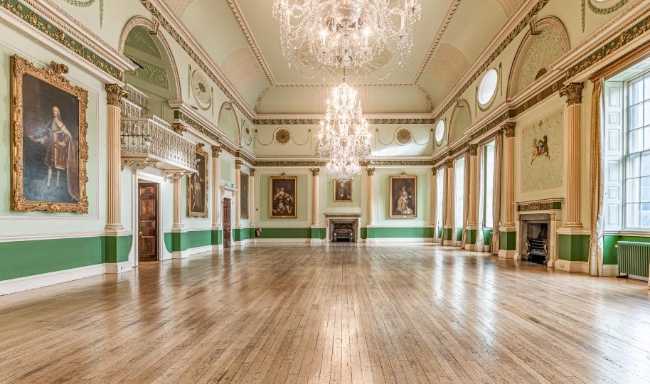
The Guildhall in Bath is a grand example of Neo-Classical Georgian architecture, designed by Thomas Baldwin and completed in 1778. Located on the High Street, it stands on the site of earlier guildhalls dating back to the medieval period. The building’s elegant façade features Ionic columns and a central pediment crowned by a statue of Justice, while its richly decorated interior includes a magnificent Banqueting Room with Corinthian columns and 18th-century chandeliers. The Guildhall has long served as the civic heart of Bath, housing the council chamber, mayor’s parlour, and registry offices. It also connects to the historic Guildhall Market, one of the city’s oldest trading spaces. Today, the Guildhall remains a working municipal building and a venue for weddings, concerts, and cultural events, blending centuries of civic tradition with vibrant public use.
Bath United KingdomThe Guildhall is centrally located on High Street, Bath, BA1 5AW, standing as a Grade I listed landmark and a focal point of the city’s civic life. Built between 1775 and 1778 by architect Thomas Baldwin, its grand façade features four Ionic columns and is topped with a figure of Justice, while a central dome and north and south wings were added in 1893. The Guildhall houses the council chamber, register office, and is a popular venue for weddings, festivals, and cultural events. Inside, the elegant Banqueting Room is renowned for its Corinthian columns, 18th-century chandeliers, and royal portraits, and has hosted royal visits, including Queen Elizabeth II. The Guildhall forms a continuous architectural ensemble with the Victoria Art Gallery and the historic Guildhall Market, both just steps away. Its prime location places it within easy reach of Bath Abbey, the Roman Baths, Parade Gardens, Pulteney Bridge, and the city’s main shopping and dining areas, making it an essential stop for anyone exploring Bath’s rich heritage and vibrant city centre.
 The Roman Baths
Bath
The Roman Baths
Bath
 Fashion Museum Bath
Bath
Fashion Museum Bath
Bath
 Herschel Museum of Astronomy
Bath
Herschel Museum of Astronomy
Bath
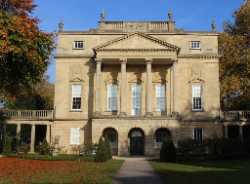 Holburne Museum
Bath
Holburne Museum
Bath
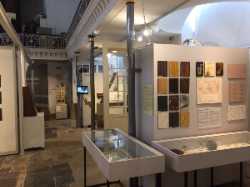 Museum of Bath Architecture
Bath
Museum of Bath Architecture
Bath
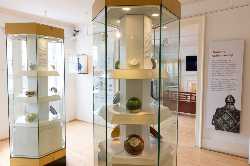 Museum of East Asian Art
Bath
Museum of East Asian Art
Bath
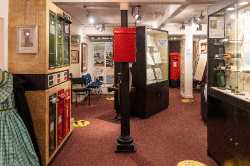 Bath Postal Museum
Bath
Bath Postal Museum
Bath
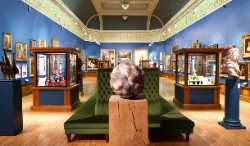 Victoria Art Gallery
Bath
Victoria Art Gallery
Bath
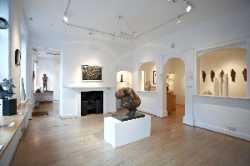 Beaux Arts Bath
Bath
Beaux Arts Bath
Bath
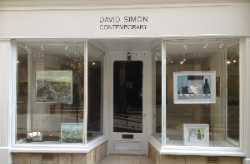 David Simon Contemporary
Bath
David Simon Contemporary
Bath
 Bath Abbey
Bath
Bath Abbey
Bath
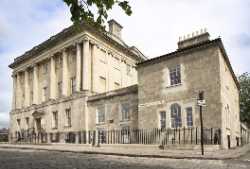 No. 1 Royal Crescent
Bath
No. 1 Royal Crescent
Bath
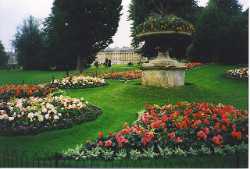 Royal Victoria Park
Bath
Royal Victoria Park
Bath
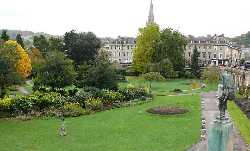 Parade Gardens
Bath
Parade Gardens
Bath
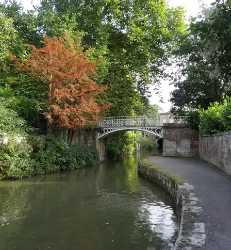 Sydney Gardens
Bath
Sydney Gardens
Bath
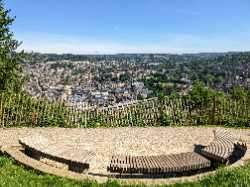 Alexandra Park
Bath
Alexandra Park
Bath
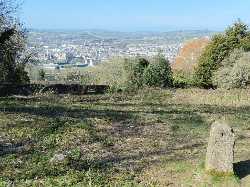 Bath Skyline Walk
Bath
Bath Skyline Walk
Bath
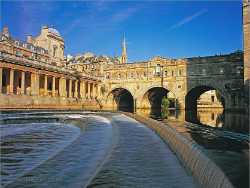 Pulteney Bridge
Bath
Pulteney Bridge
Bath
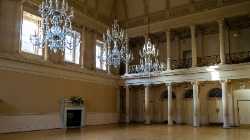 The Assembly Rooms
Bath
The Assembly Rooms
Bath
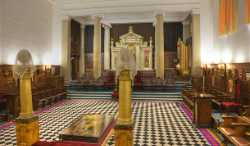 The Old Theatre Royal
Bath
The Old Theatre Royal
Bath
 Guildhall Market
Bath
Guildhall Market
Bath
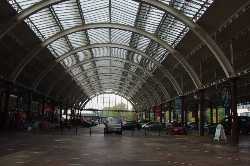 Bath Farmers’ Market
Bath
Bath Farmers’ Market
Bath
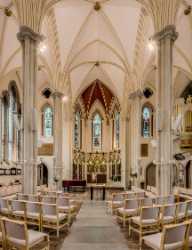 St Michael’s Church
Bath
St Michael’s Church
Bath
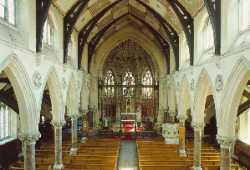 St John the Evangelist Catholic Church
Bath
St John the Evangelist Catholic Church
Bath
 Thermae Bath Spa
Bath
Thermae Bath Spa
Bath
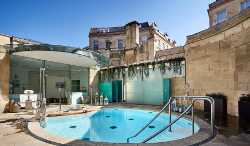 Cross Bath
Bath
Cross Bath
Bath
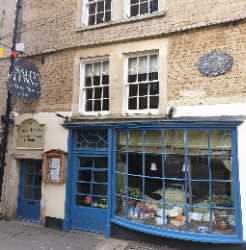 Sally Lunn’s Historic Eating House
Bath
Sally Lunn’s Historic Eating House
Bath
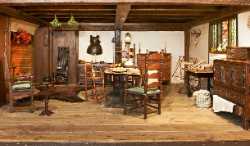 American Museum & Gardens
Bath
American Museum & Gardens
Bath
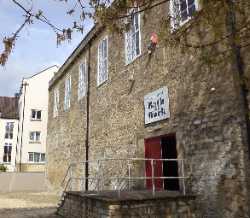 Museum of Bath at Work
Bath
Museum of Bath at Work
Bath
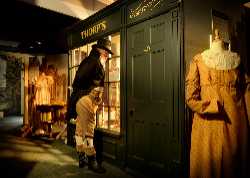 Jane Austen Centre
Bath
Jane Austen Centre
Bath
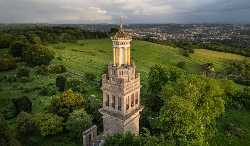 Beckford’s Tower and Museum
Bath
Beckford’s Tower and Museum
Bath
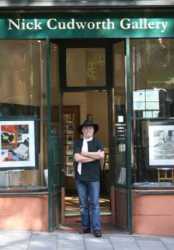 Nick Cudworth
Bath
Nick Cudworth
Bath
 Mary Shaw
Bath
Mary Shaw
Bath
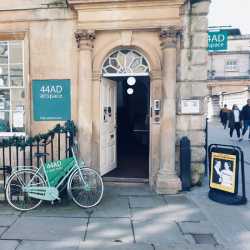 44AD Artspace
Bath
44AD Artspace
Bath
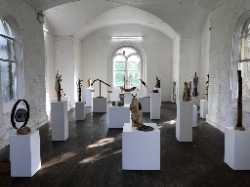 Walcot Chapel Arts Space
Bath
Walcot Chapel Arts Space
Bath
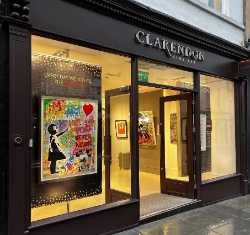 Clarendon Fine Art Bath
Bath
Clarendon Fine Art Bath
Bath
 Francis Gallery
Bath
Francis Gallery
Bath
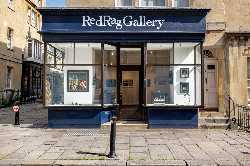 Red Rag Gallery
Bath
Red Rag Gallery
Bath
 Castle Fine Art
Bath
Castle Fine Art
Bath
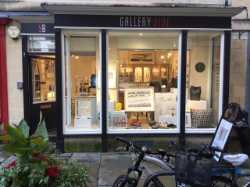 Gallery Nine
Bath
Gallery Nine
Bath
 Pencil Tree Gallery
Bath
Pencil Tree Gallery
Bath
 Adam Gallery
Bath
Adam Gallery
Bath
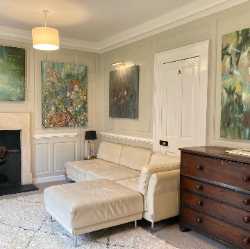 Jenny Cowderoy Fine Art
Bath
Jenny Cowderoy Fine Art
Bath